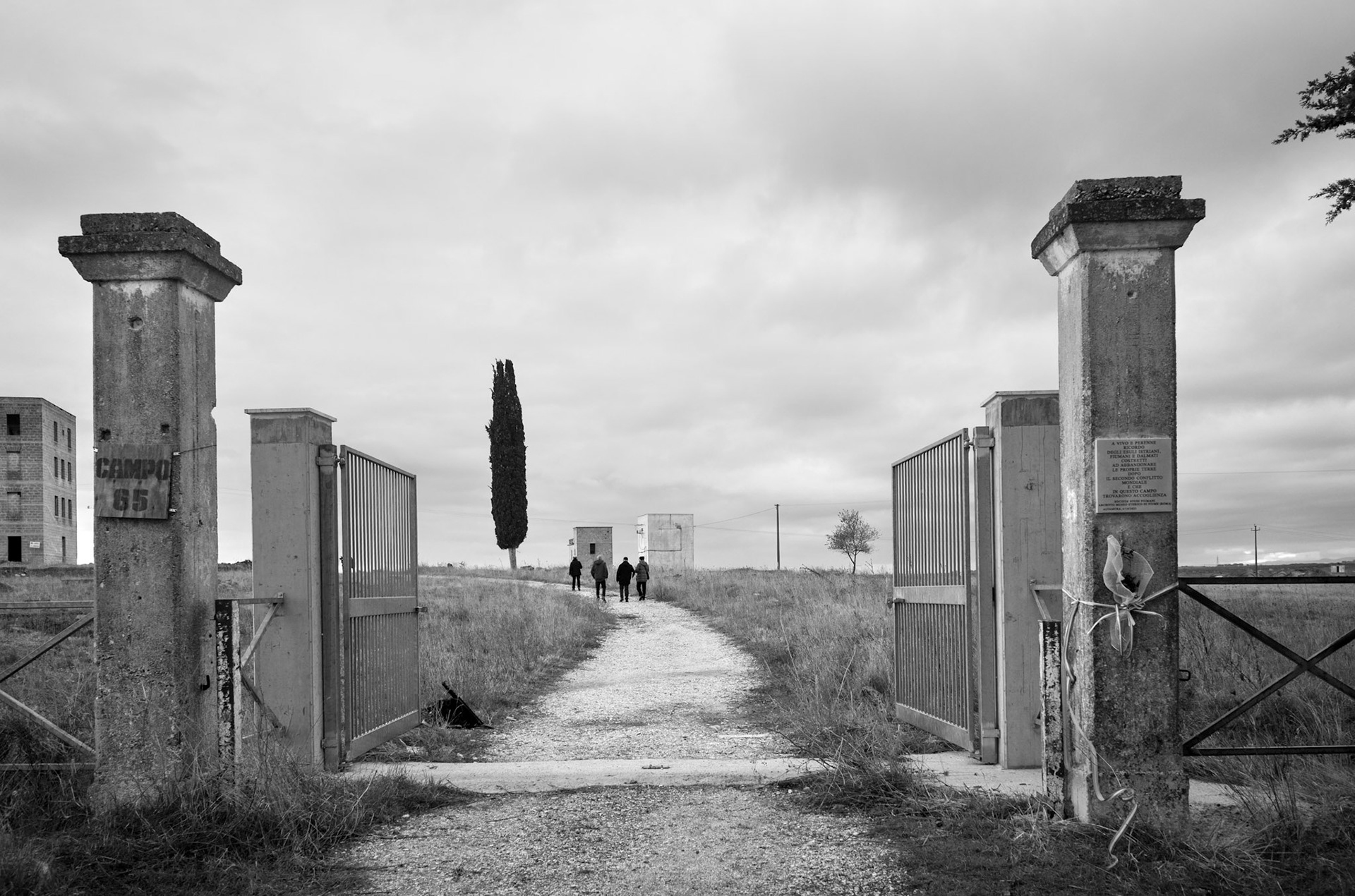WHAT REMAINS
Memories of Camp 65
During the Second World War, dozens of prison camps were established across Italy to hold Allied soldiers captured on the North African front. Camp 65, located in Puglia, in the south of the country, between the towns of Altamura and Gravina, was the largest of these: an area of over thirty hectares that could hold up to 12,000 prisoners, including British, South African, New Zealander, and Australian soldiers.
In 1943, after the armistice of September 8, the Camp changed its function: from a place of detention, it became a training base for Yugoslav partisans and, after the war, a refugee reception centre for Italian citizens coming from Istria, Dalmatia, and Africa.
Starting in the 1980s, local policies and military decisions once again reshaped the fate of Camp 65. Initially converted into a military facility, it was unexpectedly demolished between 1987 and 1988, with its rubble used in the construction of State Road 96.
What remains of this place today lies in a state of total neglect, its memories buried under the asphalt, hidden in the undergrowth. Camp 65 has become an almost invisible fragment of a larger history.
In 2023, following a guided tour, I decided to collaborate with the Campo 65 Association, an organization active in the protection and preservation of historical memory, to contribute to the recovery of a piece of our past through photographic exploration. My aim was to unearth traces and documents that still exist, and to share the stories of the people, adults and children, who once lived here.
I travelled in search of testimonies to document people and places connected to the Camp. In the historical archives of Bussolengo, a town in the province of Verona, I found undelivered letters, I visited the War Cemetery in Carbonara, near Bari, where 70 prisoners who died in Camp 65 are buried and I went to Tolmin, Slovenia, where I met the last surviving Yugoslav partisan, now a centenarian.
This work is tangible proof of stories of imprisonment, forced displacement, and erasure.Though rooted in a specific time and place, it conveys a universal message that compelled me to reflect on the horrors of today: Will they be forgotten in the same way? Will they be buried beneath the frenzy of the present?
Unearthing the memory of Camp 65 has become, for me, an act of resistance, one that contributes to the historical record, so that the traces of what happened in the past may endure. I also hope to offer a reflection on a recurring story that transcends time, societies, and cultures, reminding us of the value of rights and freedom, values that, just like back then, must never be taken for granted.
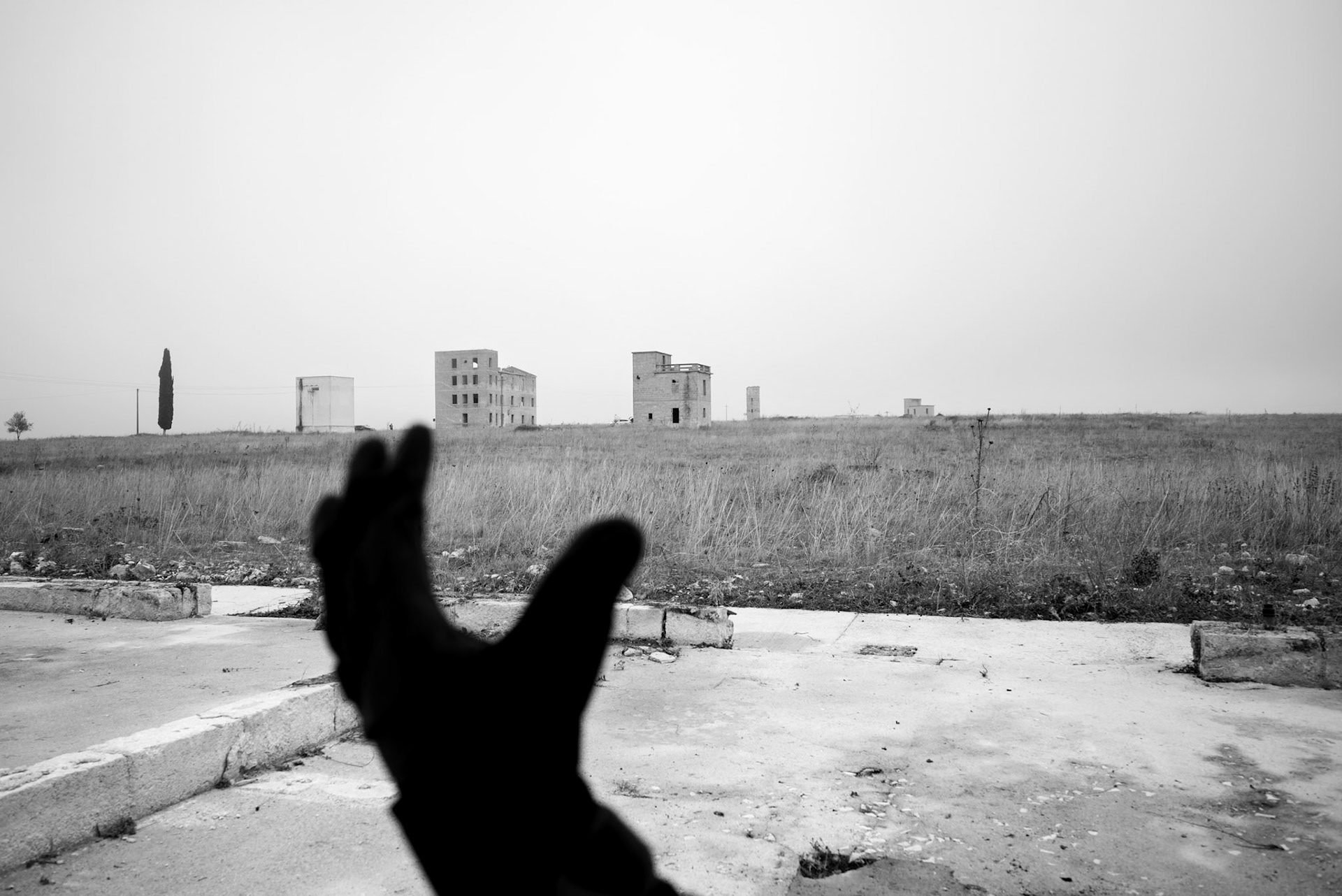
Inside Camp 65. November 23, 2023. Camp 65 was the largest prisoner-of-war camp for Allied soldiers in Italian hands during World War II. While awaiting safety and restoration measures by the Municipality of Altamura (the site’s owner), the Camp has become the focus of intense memory-recovery efforts by the international community, led by the Campo 65 Association, and supported by public and private institutions, local communities, the Universities of Bari and Foggia, historians, relatives, descendants, and witnesses across five continents.
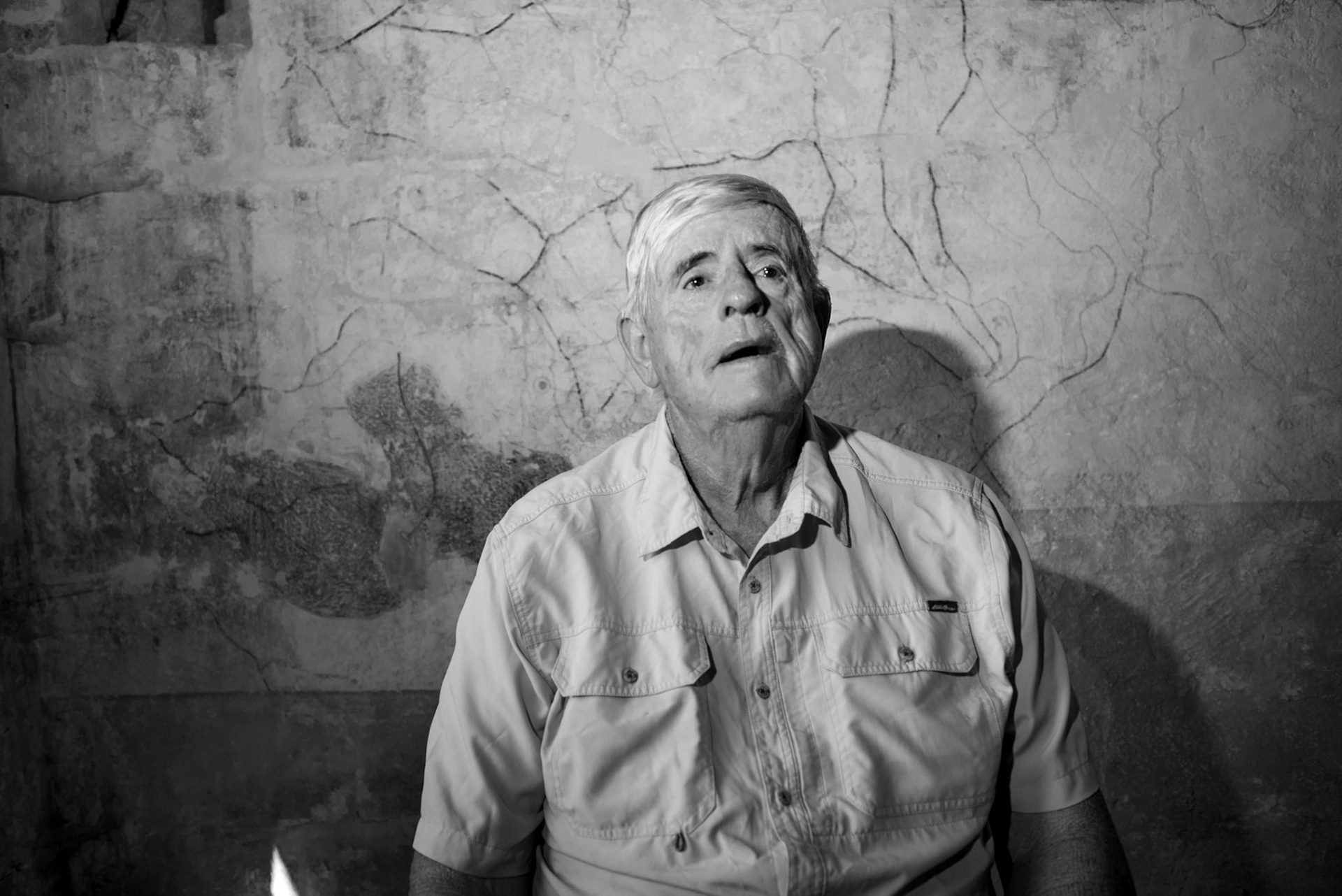
Richard Brandon. Son of Arthur, Private in the South African Defence Force, captured in Tobruk in 1942 and held in the Camp. Camp 65. August 12, 2024. His father never spoke about the war or his captivity. Richard never received a hug or comforting word from him. Now living in Utah, USA, he visited Camp 65 in search of traces of his past, hoping to come to terms with it.
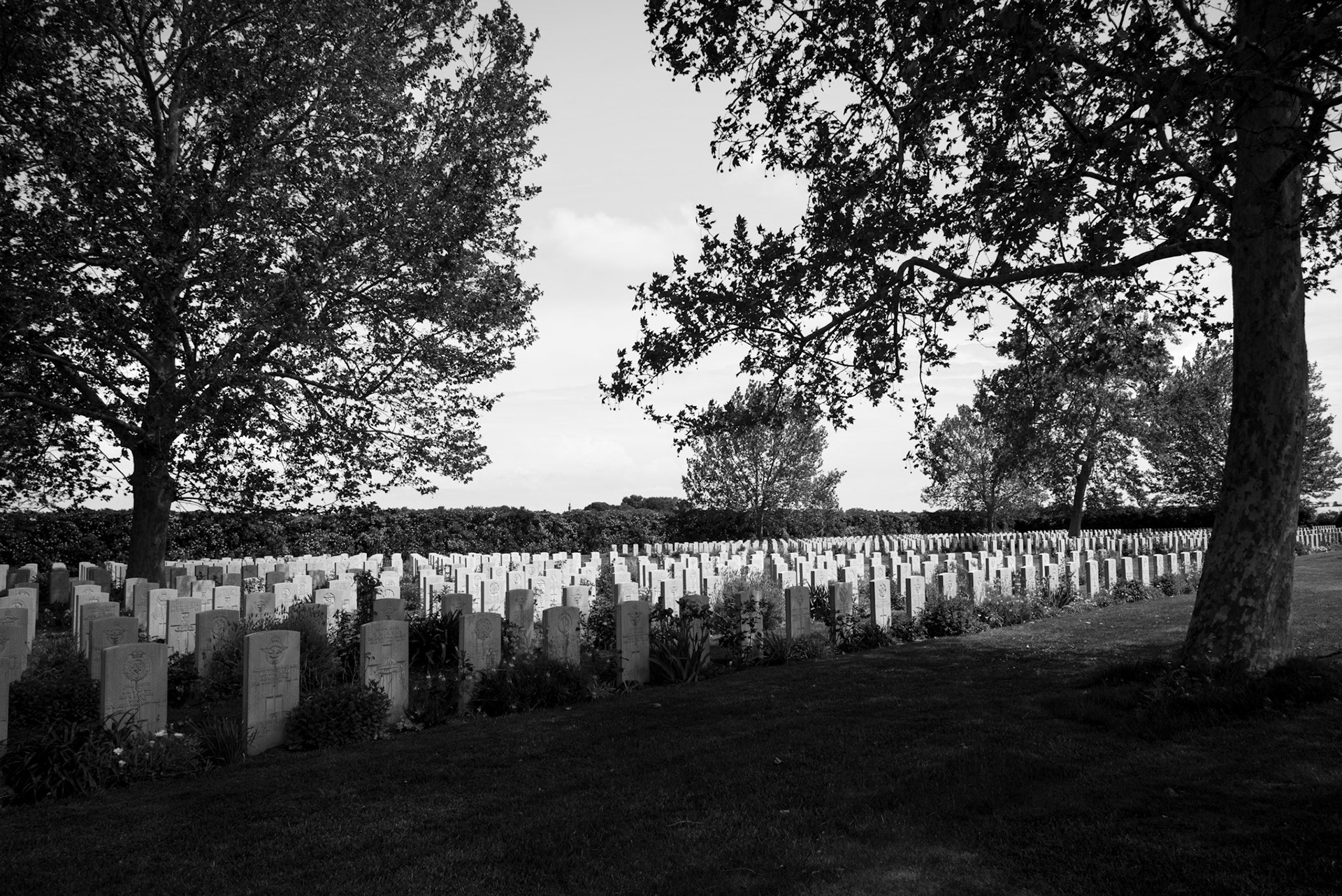
Bari War Cemetery (Carbonara di Bari). April 26, 2025. Seventy POWs who died at Camp 65 between May 1942 and August 1943 are buried in this British cemetery, most victims of disease caused by poor hygiene and malnutrition. Allied military authorities opened several investigations into alleged war crimes, mistreatment, and abuse suffered by prisoners at Camp 65 and in the military hospital in Altamura.
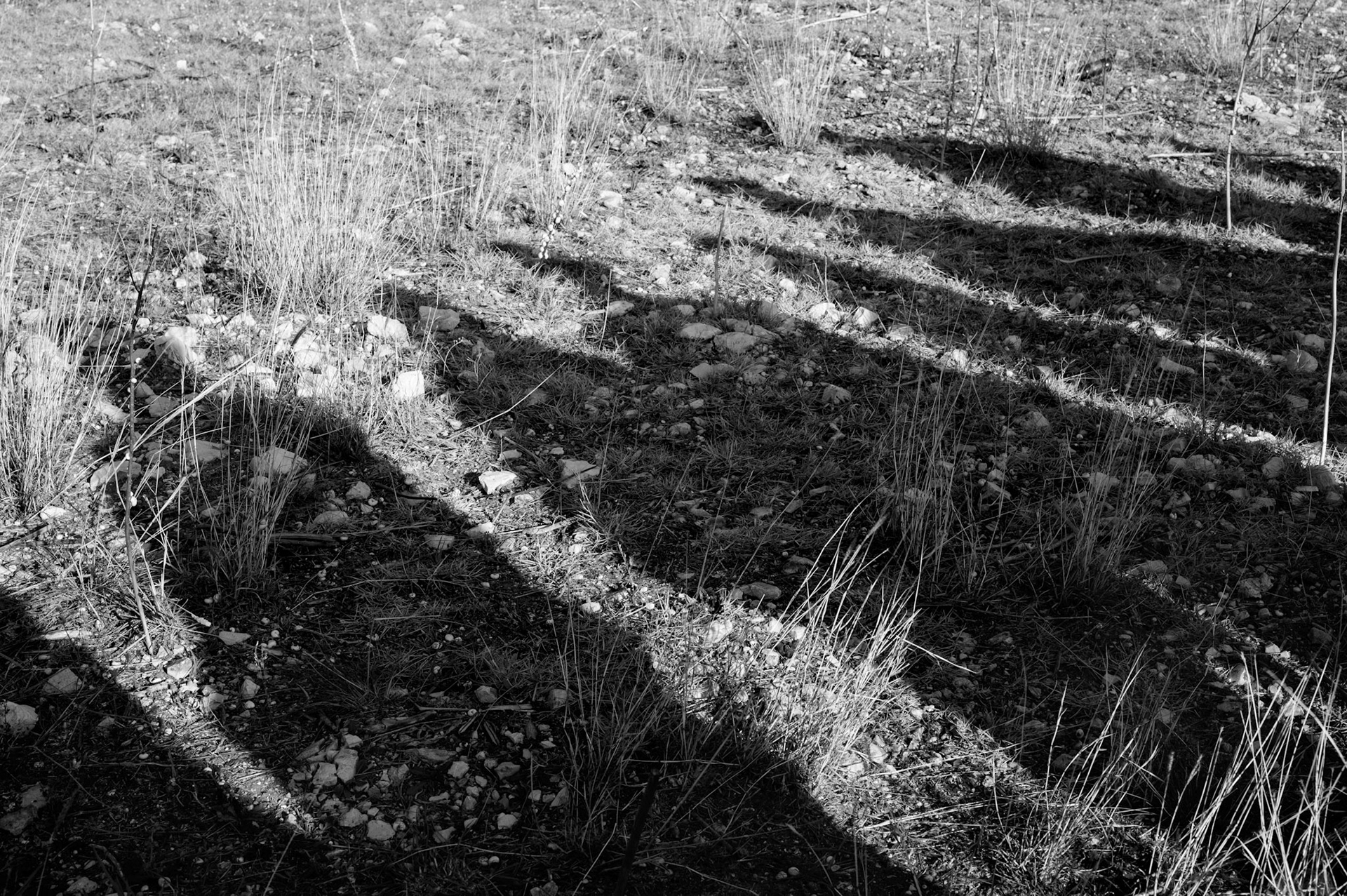
Shadows. Camp 65. October 12, 2024. The shadows of relatives of a POW visiting the Camp.

Archival document from Camp 65. August 12, 2024. Domenico Bolognese, president of the Campo 65 Association, shows Richard Brandon the Liberation Report compiled by his father at the end of the war. These handwritten reports were filled out by all Allied POWs during or immediately after WWII. Thousands have recently been digitized and are now available online.
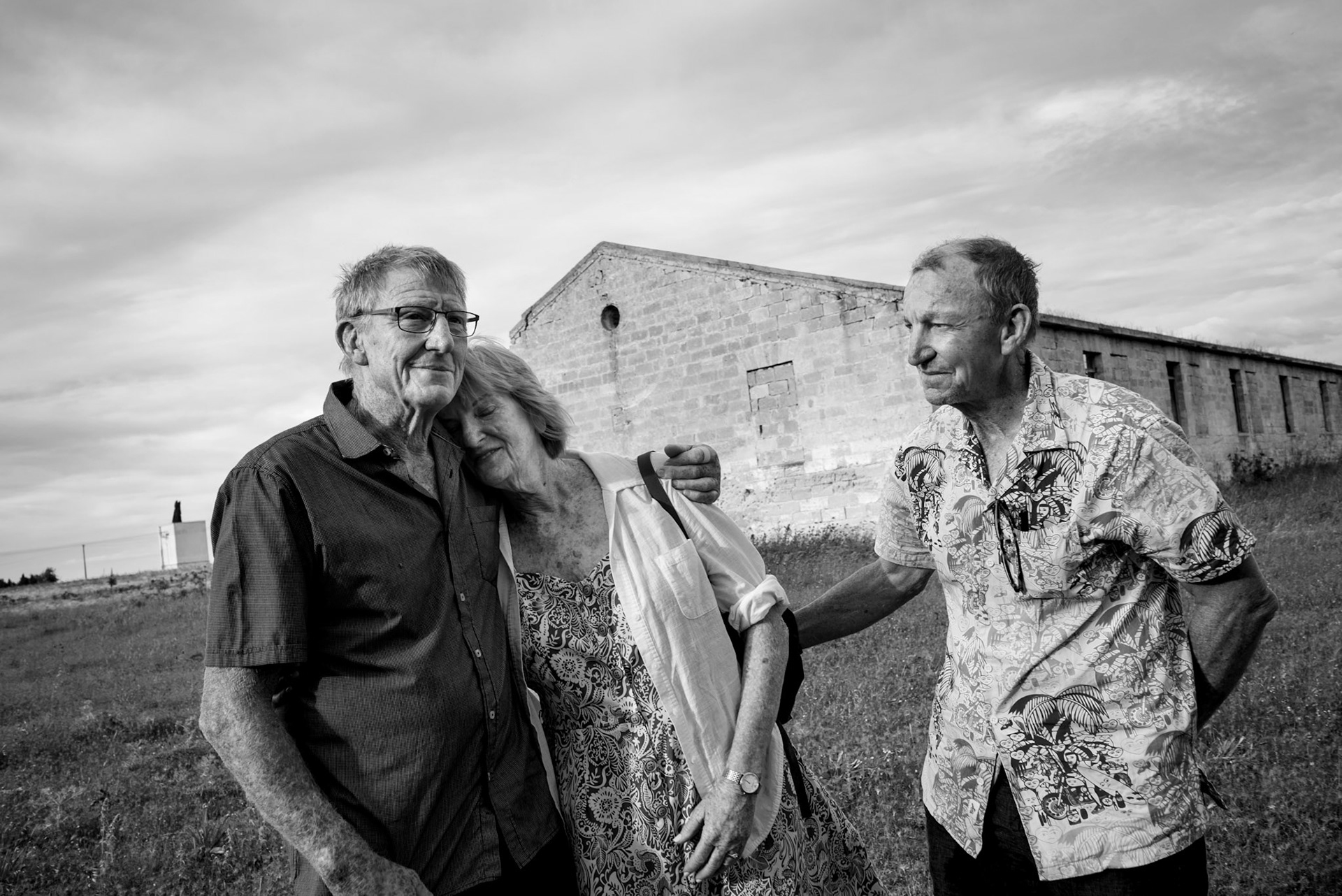
Jeff, Jennifer, and Tom Schulze. Children of prisoner Keith Eric Schulze, held in Camp 65. May 22, 2025. Shortly before their father’s death, the three siblings discovered a notebook and a war diary filled with letters and photos. Though Keith never spoke of his years away from home, he recorded everything in his diary, from soldiering to imprisonment. Captured at Sidi Rezegh in the Libyan desert, he survived the sinking of the Italian motor ship Sebastiano Veniero, damaged by the British submarine HMS Porpoise, landed in Brindisi, and was later transferred to Camp 65, and then to two other camps in central Italy. He spent two years in Italy, followed by two more years in German camps. Jennifer lives in London, Jeff and Tom in New Zealand. After gathering all available information, they decided to retrace their father’s full journey.
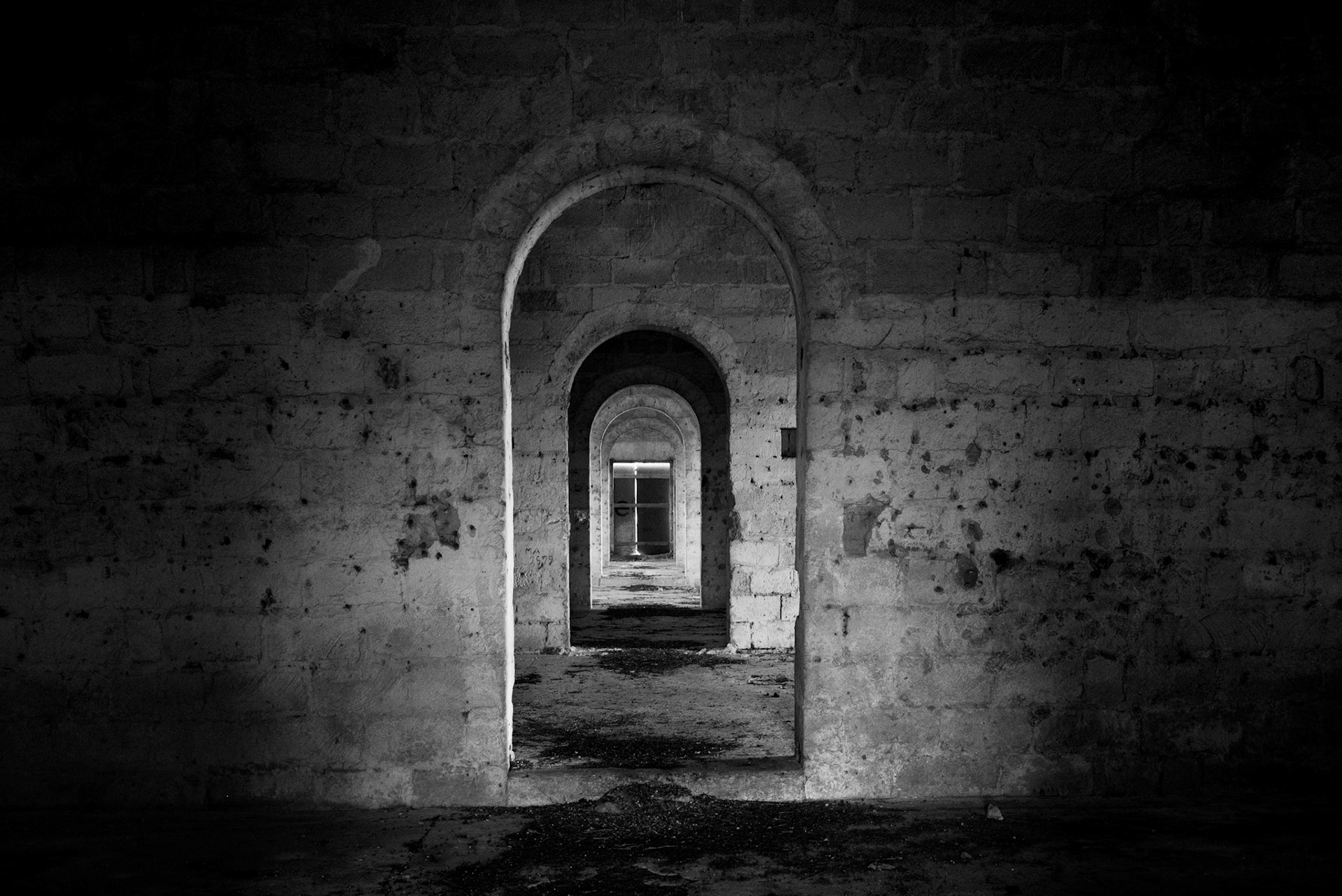
Inside Camp 65. May 22, 2025. Interior of one of the two remaining tuff huts that escaped the military-led demolition of the Camp in the late 1980s. Initially used as dormitories for POWs, they later became classrooms for Yugoslav partisans and, in the post-war period, housed Italian refugees from the Upper Adriatic and former colonies.
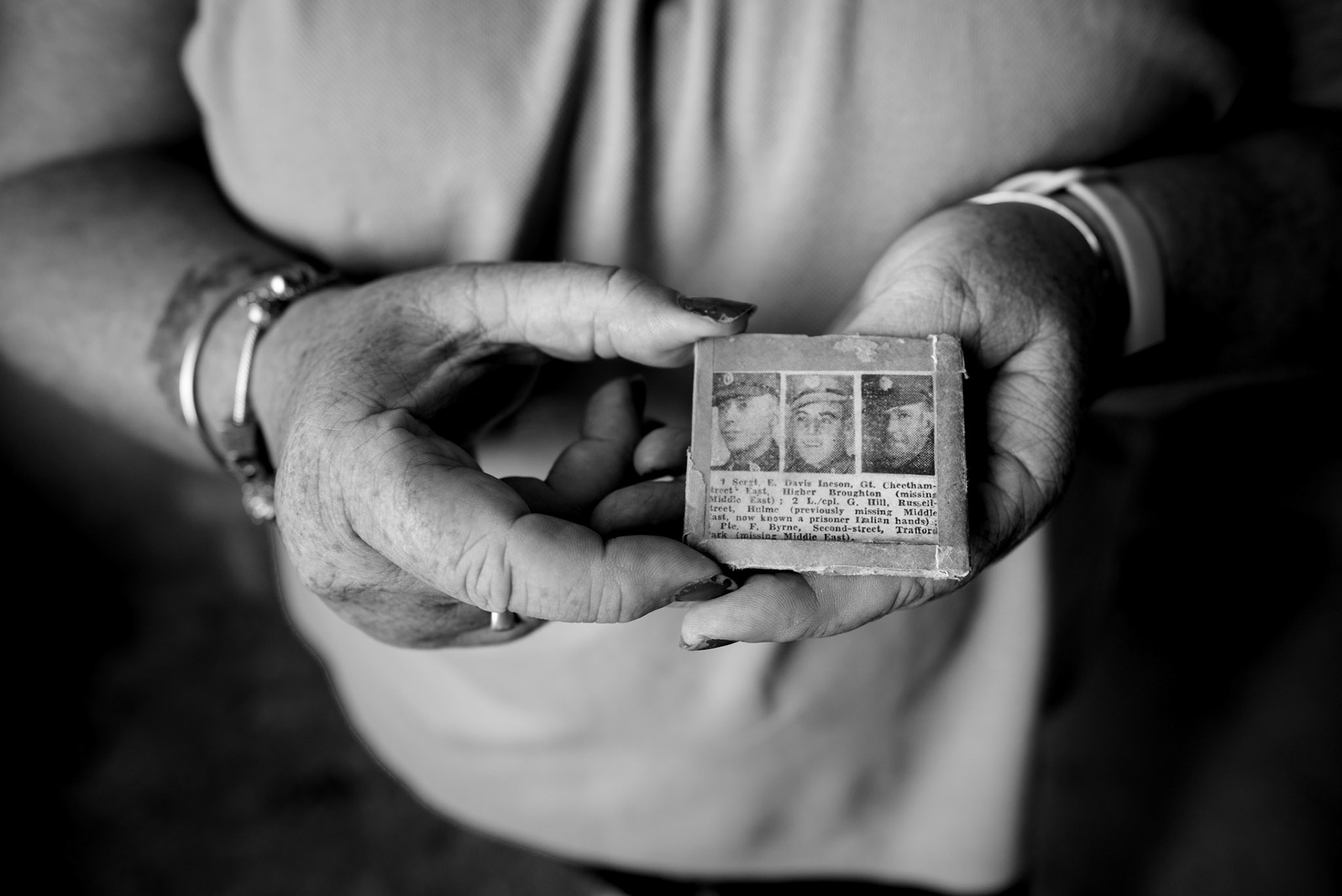
Deb Byrne. Daughter of POW Fred Byrne, Private in the British Royal Army Service Corps. Camp 65. September 21, 2024. During her visit to the Camp, Deb shows a newspaper clipping announcing her father’s capture and detention “in Italian hands” along with two other soldiers.

Interior of Camp 65. November 11, 2023. View from the window of one of the eight watchtowers used by the Royal Italian Army to monitor the Camp’s perimeter. All eight towers miraculously survived the destruction of about 95% of the Camp’s structures in the late 1980s.

Nevia Mitton, Istrian refugee. Camp 65. July 19, 2024. During her visit to the Camp, Nevia shares her story. The trauma of leaving her home, the long stay in refugee camps, and the difficult quest for a new, dignified life left a deep mark on her.

Letters to prisoners of war. Bussolengo, Italy. March 26, 2025. Mail sent to POWs was censored before delivery and often never reached its destination, as prisoners were frequently moved from one camp to another. Many undelivered letters, originally intended for Camp 65, ended up at Camp 148 in Bussolengo, a town in the province of Verona, where they are now preserved.
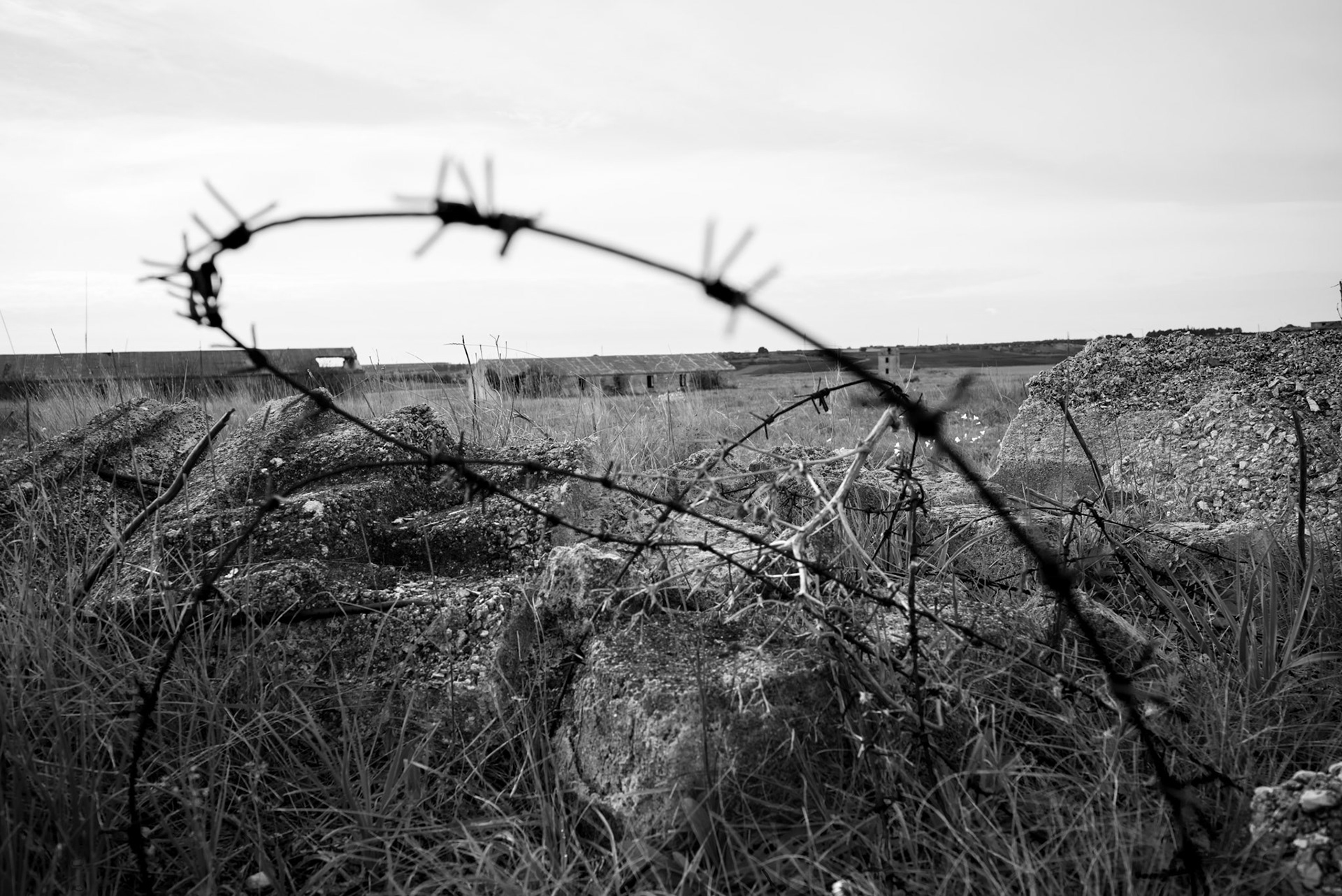
Barbed wire. Camp 65. November 21, 2024. Camp 65 was divided into six sectors, separated by barbed-wire fences about one meter high. The entire perimeter was enclosed by a double barbed-wire fence approximately two meters high.

Dylan Murphy, grandson of POW William Lawson. Camp 65. October 12, 2024. Dylan, visiting the Camp with his family, walks alone through the land his grandfather once walked.
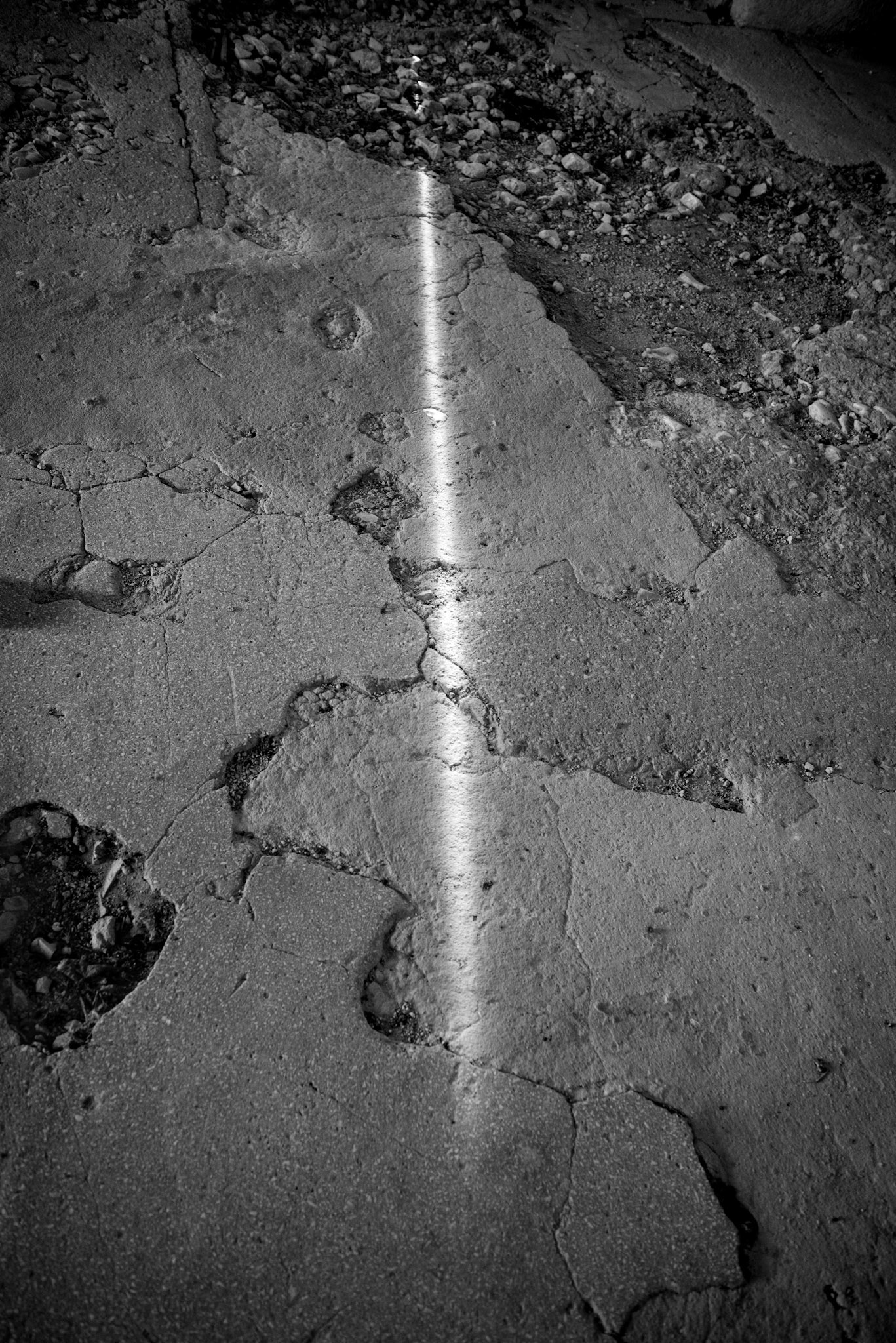
Interior of Camp 65. May 22, 2025. A crack in the wall of a hut lets a faint ray of sunlight in.
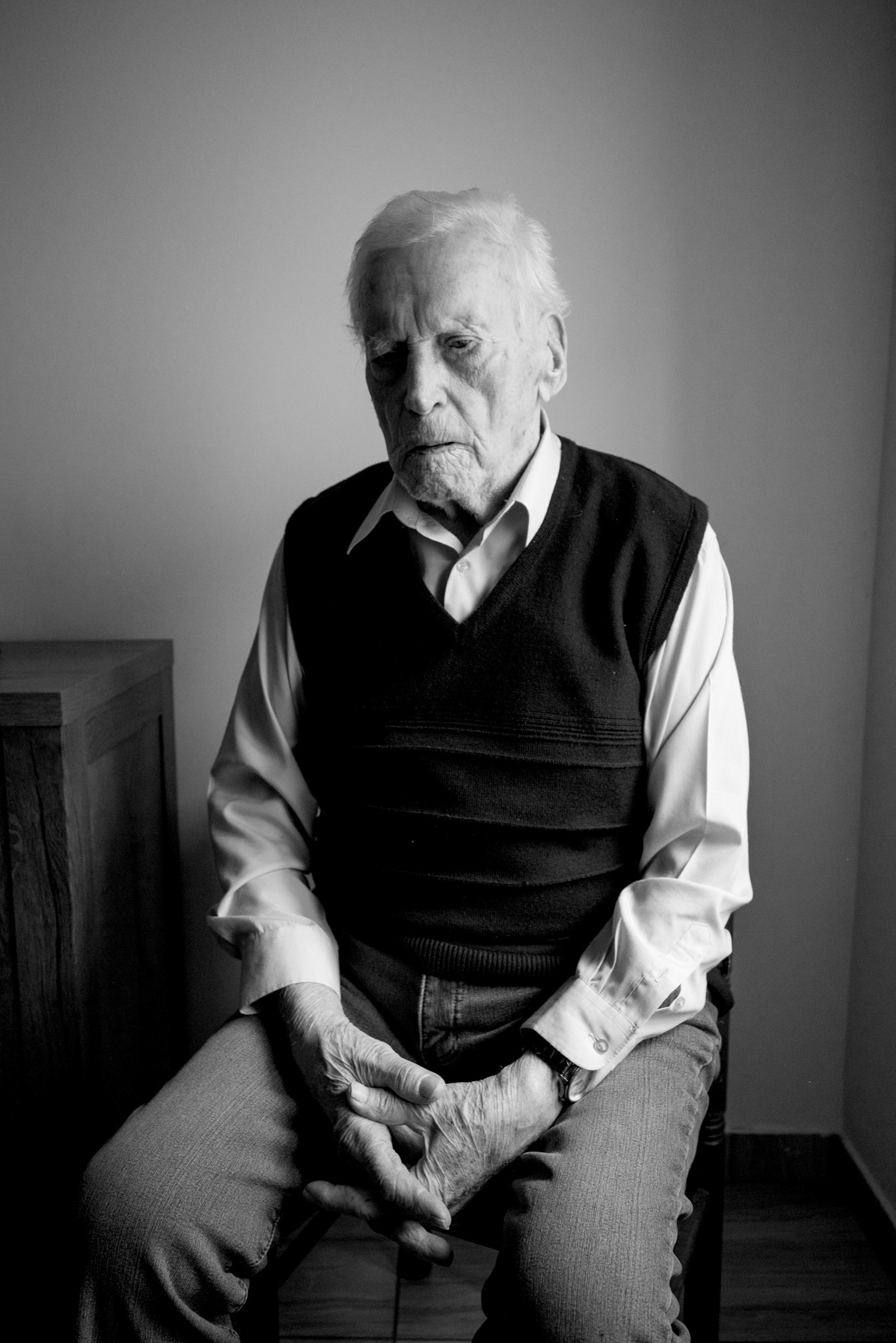
Alojz Bucik, born in Canale, now known as Kanal ob Soči (Slovenia), in 1924. Tolmin, Slovenia. February 23, 2025. Alojz recalls being conscripted into the Italian Royal Army at the outbreak of WWII and sent first to Pistoia, then to Ginosa Marina (province of Taranto) to help set up coastal defences in anticipation of the expected Allied invasion. After the September 8, 1943 Armistice, he joined Tito’s Yugoslav partisans, becoming part of the original nucleus of the first of the five Overseas Brigades trained at Camp 65.

Ruins of Camp 65. March 13, 2025. Remains of a kitchen after the demolition of the late 1980s.
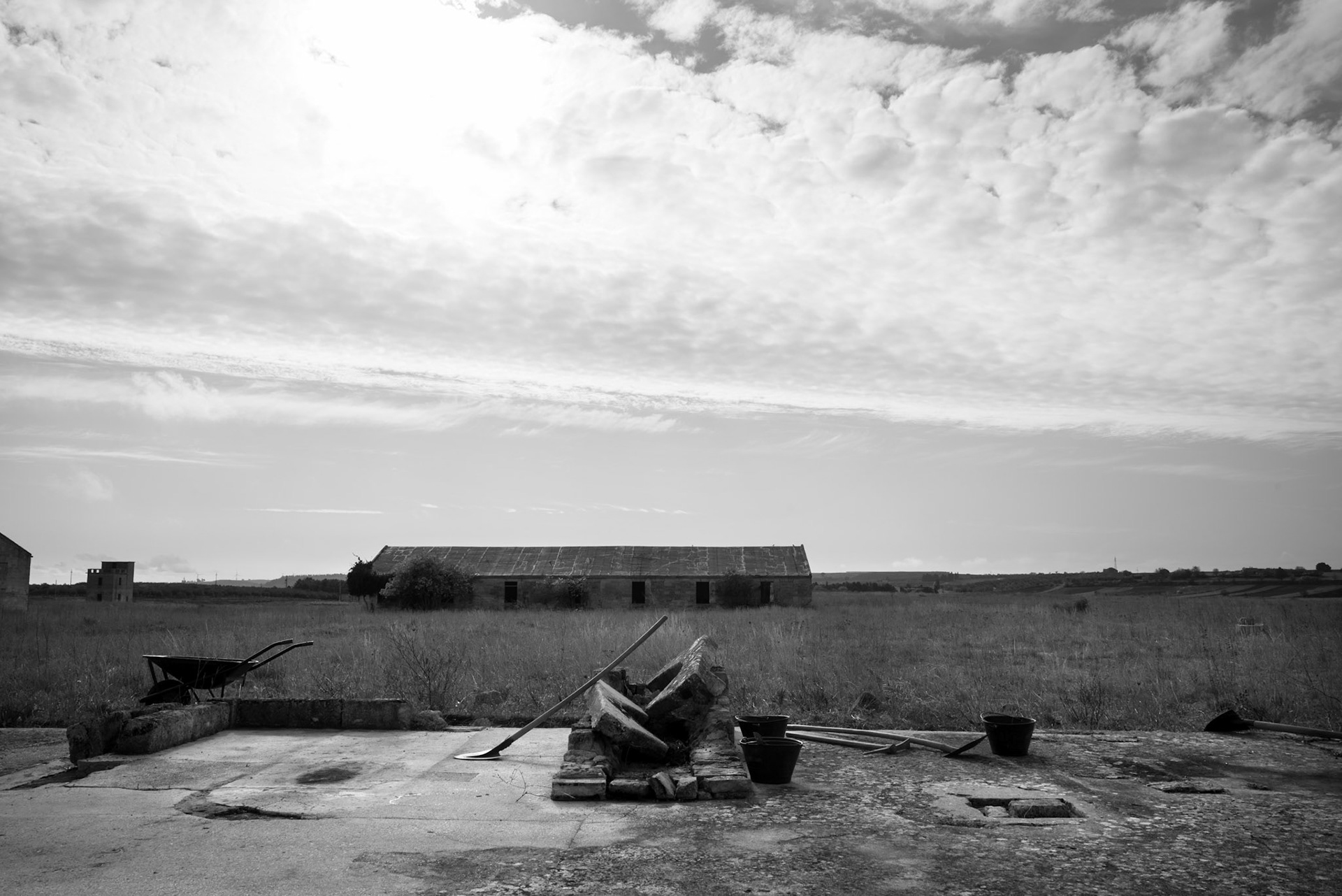
Inside Camp 65. November 11, 2023. Archaeologists from the Universities of Bari and Foggia explore the site and study its remains as contemporary archaeology.

Malcolm Gaskill, a relative of POW Ralph Corps. Camp 65, 28 September 2024. Malcolm, a British writer, found in his cousin’s attic an old memoir left by his great-uncle Ralph, who had been held in Camp 65. It contained stories, reflections and hopes. Inspired by these memories, Malcolm visited the places described - in Puglia, points along an escape route - and has since written a book about the discovery of Ralph’s wartime adventures.

Camp 65 today. December 9, 2023. Sheep grazing where civilians once lived.
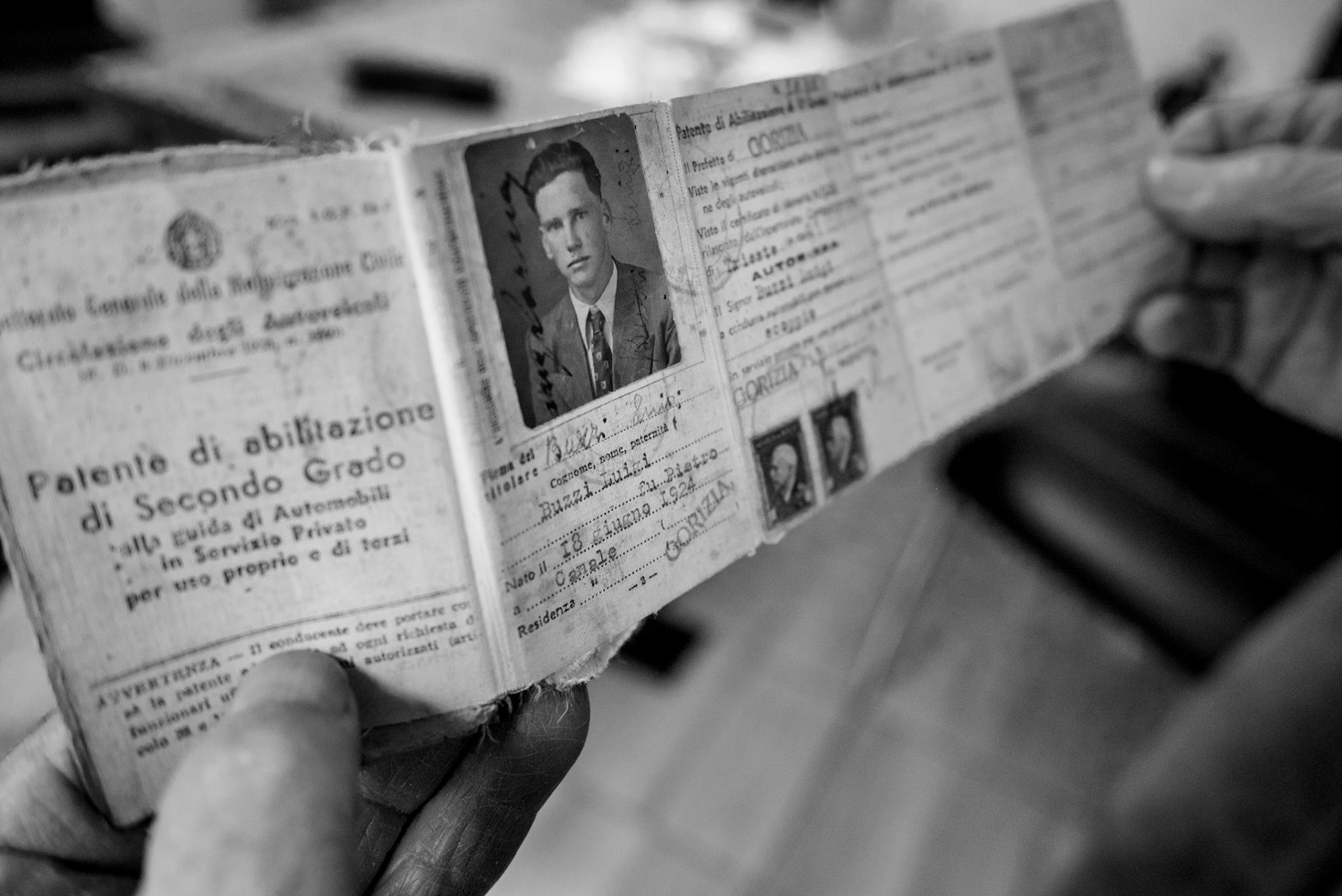
Civilian driving license obtained by Luigi Buzzi. Tolmin, Slovenia. February 23, 2025. As part of Fascist policies of forced Italianization, all Slavic names were translated into Italian—often poorly. Alojz Buzic became Luigi Buzzi. Thanks to his civilian driving license, he was assigned to the rearguard and logistics roles during his partisan service. After the war, Alojz continued working as a driver in the fire brigade.
